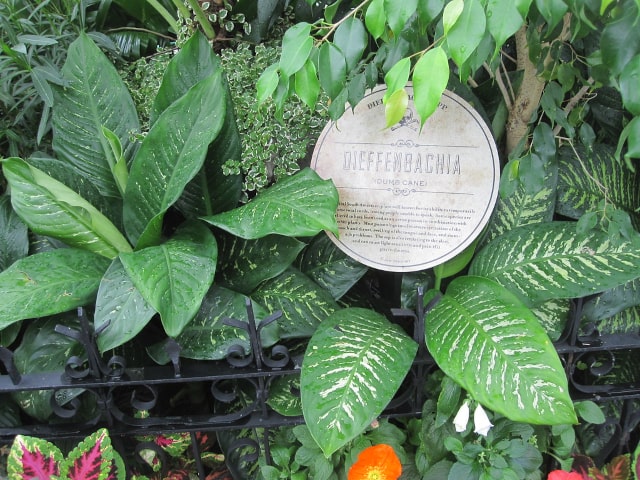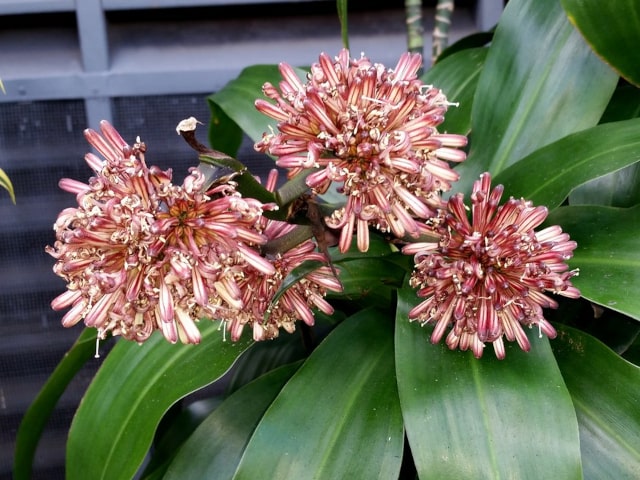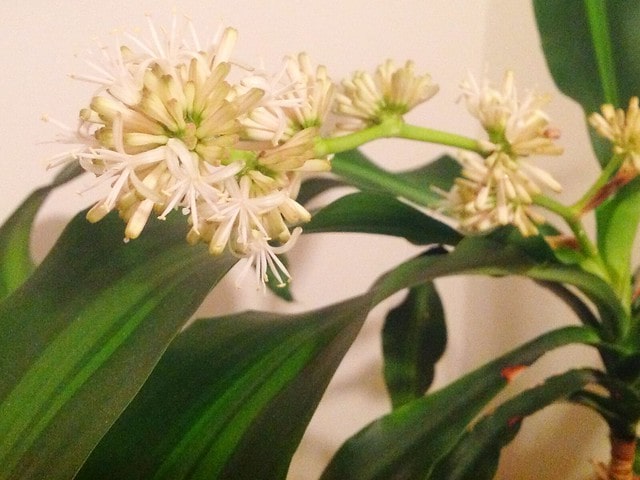
Dieffenbachia, also known as Dumbcane or Leopard Lily, is a popular houseplant famous for its gorgeous foliage. Originating from Mexico and Central America, this plant can grow up to 5 feet in height.
This is an amazing plant that many people choose to grow in their homes. However, it is not always to find the best soil for Dieffenbachia that will make your plant thrive. Keep in mind that Dieffenbachia is a plant that needs moisture but that cannot sit in water. In order to prevent your plant from becoming waterlogged, you need to choose the proper soil.
In general, Dieffenbachia plants need soil that is moist but that also can drain really well. This is the main thing you need to ensure when choosing the best potting mix for your Dieffenbachia.
What is the Best Soil for Dieffenbachia?
The first thing you need to understand is that Dieffenbachia prefers soil that is well-drained. It is crucial to provide this to your plant, since it absolutely cannot sit in water. You need to prevent your Dieffenbachia from becoming waterlogged, and a soil that drains well is the number one requirement.
A good choice of soil would be an African violet potting mix. That one is known to drain with ease and thoroughly, so it will suit your Dieffenbachia plant. Also, there are certain things you can do to increase the drainage of the potting mix. In order to make it as well-draining as possible, you should add some perlite or sand to the potting mix.
In general, Dieffenbachia plants need soil that can retain some moisture but that drains really well. This is why regular potting mixes might not be the best way to go: such soil might pack too tightly, which can drown out the roots. If you opt for regular potting soil, make sure to amend it with materials that will improve the drainage properties.
A good way to go is to add some perlite or sand to the mix. Ideally, you will also add some organic components to make your Dieffenbachia happy. The best soil for Dieffenbachia should contain equal parts of potting soil, perlite or coarse sand, and an organic component such as peat or humus. You can also add a pinch of lime to the mix.
Alternatively, you may opt for a potting mix that includes some vermiculite. The key to building the best soil for Dieffenbachia is to combine the soil with a material that will improve drainage, and with some organic material. This may sound a bit complex, but it's actually easy to make such a mix by yourself.
Additional Tips
When choosing the best soil for Dieffenbachia, do not forget about nutrients and feeding. Fertilizing is an important aspect of Dieffenbachia care, so you need to do it properly.
You will need to add some fertilized every two weeks to encourage the plant's growth. This is particularly important during the growing season. On the other hand, you do not have to use any fertilizer during the cold months, because this is when Dieffenbachia is resting and not actively growing.
Another thing directly related to soil is the watering regime. In order to keep your Dieffenbachia healthy and thriving, you need to avoid keeping it waterlogged. It means that you need to allow the soil to get moderately dry. Do not water again unless the soil is not at least somewhat dry to the touch. A good way to go is to leave about an inch of the soil dry out between watering. Never allow the soil to be completely dry, since this can harm your Dieffenbachia plant.
After this, you should water by completely drenching the soil. This method should only be used if there are proper drainage holes on the bottom of the pot, because you might risk your plant to sit in water, which encourages root rot. This is one of the reasons why the best soil for Dieffenbachia is the one with good draining properties - the plant needs to be watered thoroughly, so it requires soil that can drain quickly and fully.
Dieffenbachia Care
In addition to soil and watering, pay attention to other important aspects of Dieffenbachia care to make your plant happy:
Choose a medium to bright light source, and never leave it on direct light for long periods of time.
You can grow your Dieffenbachia on a windowsill, but make sure that it is at least 2 to 5 inches away from the window itself. Being too close might expose your plant to too much light. If you cannot achieve this distance on a window, make sure to grow your Dieffenbachia in another spot.
Dieffenbachia plants require temperatures that are between 65 and 75 degrees F, which is something that you can easily achieve in your home. Keep this in mind if you choose to grow your plant outdoors, such as on a balcony or a patio. You must take your Dieffenbachia inside when the temperatures go below 50 degrees F. Also, make sure that there is no draft or strong temperature changes inside of your home.
You should repot your Dieffenbachia when it outgrows its current pot, or when it needs fresh soil. Spring is the best time for repotting. You should never allow your Dieffenbachia to become root bound - this can lead to numerous issues.
Photo credit: Krissa Corbett Cavouras




0 Comments